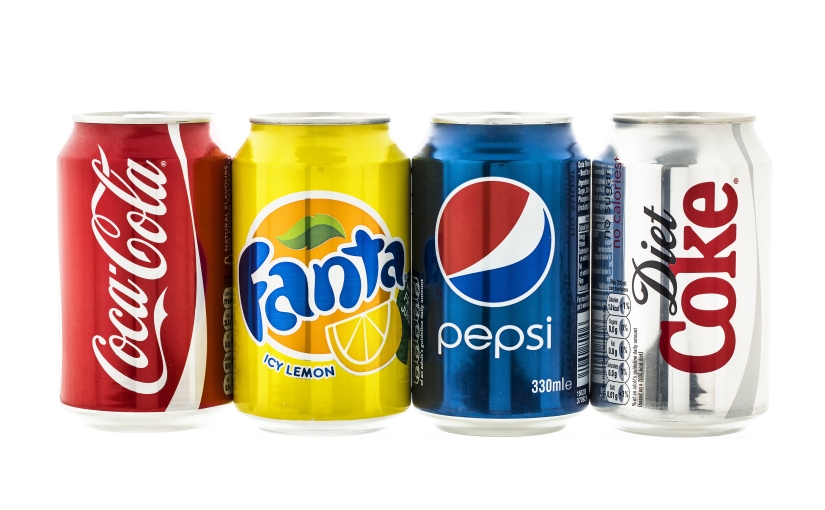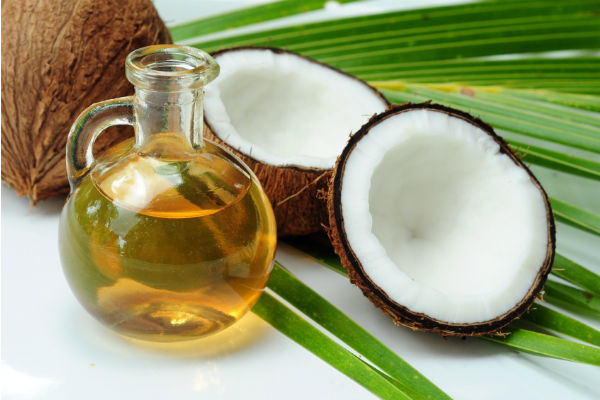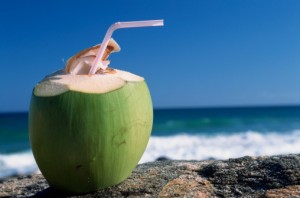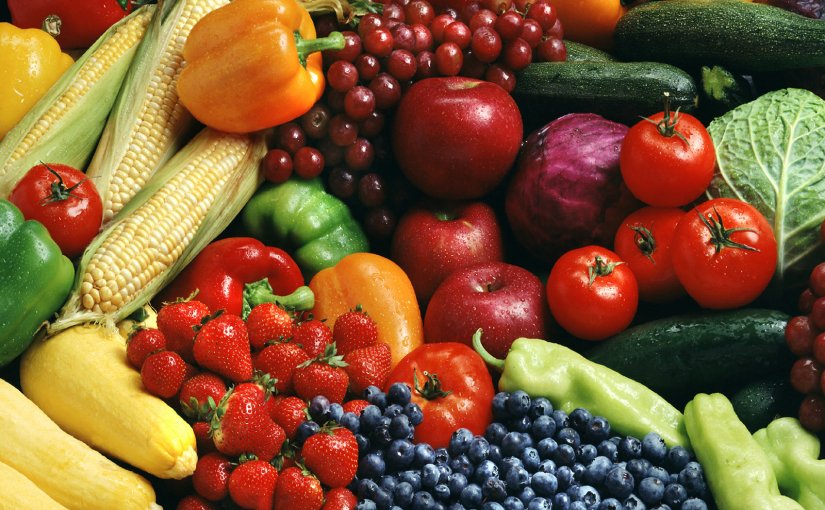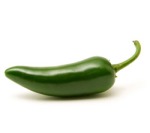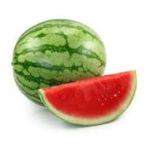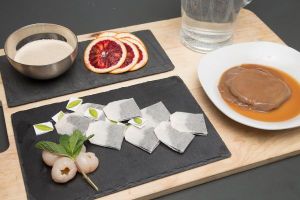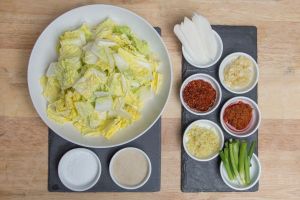What’s a better cure for an afternoon crash or a more satisfying beverage on a hot day than a refreshing, cold soft drink? Well actually, a whole lot of things. Before you pop the top on that Coke, Pepsi, or other soda, make sure you know the potentially harmful side effects of that fizzy drink.
To put it simply, soda is nothing more than sugar water, and is devoid of any nutritional value. Not only are sodas lacking in any health benefits, but several studies have shown that they can actually cause detrimental effects on your health from head to toe (literally.) Let’s move from top to bottom of the body and take a look at what chugging that bubbly beverage is doing to your body.
An ingredient called Brominated Vegetable Oil is added to most sodas to prevent the flavoring from separating from the drink. Sounds safe, right? I mean, at least it has the word “vegetable” in it. However, BVO is also used as a chemical in flame retardants in plastics. “Chemical,” “flame-retardant,” “plastic”…. not things that you want going into your body. In fact, BVO has been known to cause memory loss and nerve disorders when consumed in large quantities. Once it is consumed, BVO builds up in body fat, possibly causing behavioral problems, infertility, and lesions on the heart muscles over time.
In addition to this possibly harmful chemical, sodas also contain copious amounts of sugar. A single can of soda is equal to 10 teaspoons of sugar, which causes blood pressure to sky-rocket and an insulin response to be produced. I encourage you to measure out 10 teaspoons of table sugar and imagine swallowing it within the same amount of time that it takes you to drink a can of soda. Chances are, it won’t be too appetizing. Too much sugar in the diet can decrease the production of brain chemicals (good chemicals) that help us learn, store memories, and process insulin.
2. Teeth:
 The effects of sugar on teeth are so prevalent, that dentists have a name for people who drink too much soda: “Mountain Dew Mouth.” Excessive sugar levels can cause cavities, plaque build-up, and gum disease, and the high levels of acid in soda corrode teeth almost as badly as drinking battery acid. Teeth aren’t the only bones affected by drinking colas. Likely due to phosphoric acid and caffeine, drinking sodas has also been linked to osteoporosis and bone density loss. Make no bones about it, sodas are potentially bad for your… bones.
The effects of sugar on teeth are so prevalent, that dentists have a name for people who drink too much soda: “Mountain Dew Mouth.” Excessive sugar levels can cause cavities, plaque build-up, and gum disease, and the high levels of acid in soda corrode teeth almost as badly as drinking battery acid. Teeth aren’t the only bones affected by drinking colas. Likely due to phosphoric acid and caffeine, drinking sodas has also been linked to osteoporosis and bone density loss. Make no bones about it, sodas are potentially bad for your… bones.
3. Heart, Kidneys, and Lungs
All sodas contain phosphates (phosphoric acids,) a weak acid that gives cola its tangy flavor. While the phosphates boost profit margins for the soda companies by  lengthening the shelf-life of soft drinks, they can lead to heart and kidney problems, muscle loss, osteoporosis, and, according to one study, trigger accelerated aging. In a study conducted in 2010, the FASEB Journal found that the excessive phosphate levels in sodas caused lab rats to die 5 weeks earlier than rats who had normal phosphate levels. Increased levels of phosphoric acid have also been linked to kidney stones and other renal problems. Don’t fool yourself into thinking that diet sodas are any better… their consumption leads to DOUBLE the risk of kidney stones.
lengthening the shelf-life of soft drinks, they can lead to heart and kidney problems, muscle loss, osteoporosis, and, according to one study, trigger accelerated aging. In a study conducted in 2010, the FASEB Journal found that the excessive phosphate levels in sodas caused lab rats to die 5 weeks earlier than rats who had normal phosphate levels. Increased levels of phosphoric acid have also been linked to kidney stones and other renal problems. Don’t fool yourself into thinking that diet sodas are any better… their consumption leads to DOUBLE the risk of kidney stones.
Sodas have even been linked to increased risk of heart disease, including heart attack and stroke, and the more soda you drink, the more likely you are to develop asthma or COPD. These effects could be the result of a number of things, including the GMO’s found in the corn syrup used to make sodas.
4. Fat
When you think of the word “fat” most people picture a big gut. However, when it comes to sodas, we are talking about a lot more fat than just a bulge over your belt. In a study conducted by Danish researchers, people who drank one soda everyday for 6 months saw a 132-142% increase in liver fat, a 117-221% increase in skeletal fat, and a 30% increase in both triglyceride blood fats and other organ fats. These types of fat build-ups are serious and an lead to insulin resistance and ultimately diabetes. 
Now for your “classic fat”: Researchers from the University of Texas Health Science Center monitored 475 adults for 10 years and found that those that drank diet (yeah right!) soda had a 70% increase in waist circumference over the 10-year study compared with those who didn’t drink any soda. More than 2 diet sodas a day led to a 500% waist expansion. Yes, you read that right, five-hundred-percent! For some reason, when I drink a soda, I tell myself that I am saving calories by consuming a soft drink rather than a snack. Wrong! The single biggest source of calories for Americans are sodas, more so than Big-Macs, chocolate cake, or any other scrumptious high-calorie snack you can imagine. Drinking just one soft drink a day is the equivalent of 39 pounds of sugar in one year. If you wouldn’t consume that much raw sugar, why would you consume it when combined with other harmful ingredients?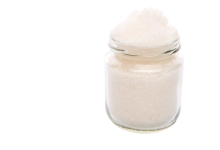
Tips For Quitting
Unfortunately, there are no “electronic sodas” or soft-drink patches to help you kick the habit. I have tried many times to quit cold-turkey, only to give into my craving within a few days. If this article doesn’t provide enough motivation for you to totally forgo soft drinks, here are some tips to help you cut back.
- Don’t buy sodas at the grocery store. Its much easier to skip out on soda when you don’t have any in stock at your house. Even if you order one when you go out to eat, at least you aren’t mindlessly downing cans of them at home.
- Drink sodas from glass bottles. Nearly all aluminum cans are lined with an epoxy resin (BPA), which is used to keep the acids in the soda from reacting with the metal. BPA is known to interfere with hormones and has been linked to everything from infertility, diabetes, obesity, and some forms of reproductive cancers. Try to stay away from plastic bottles as well, as they are not environment-friendly.
- Try to only drink clear sodas, like Sprite and 7-UP. The artificial caramel coloring used to make colas contains two contaminants (2-methylimidazole and 4-methylimidazole) which have been found to cause cancer in animals. In fact, just 16 micrograms a day of 4-methylimidazole is enough to pose a cancer threat, and each can of regular and diet sodas contain 200 micrograms!
- If good ole H2O is just too plain for you to sip on all day, try mixing in a pack of Oxylent with your water bottle. This award-winning multivitamin supplement-drink contains vitamins, minerals, antioxidants, amino acids, and CoQ10. This yummy, naturally energizing drink mix contains no sugar, zero calories, and is 100% GMO free. Trust me, it even tastes better than a soft drink,and is available in many flavors.
It takes guts ® to quit drinking sodas!
